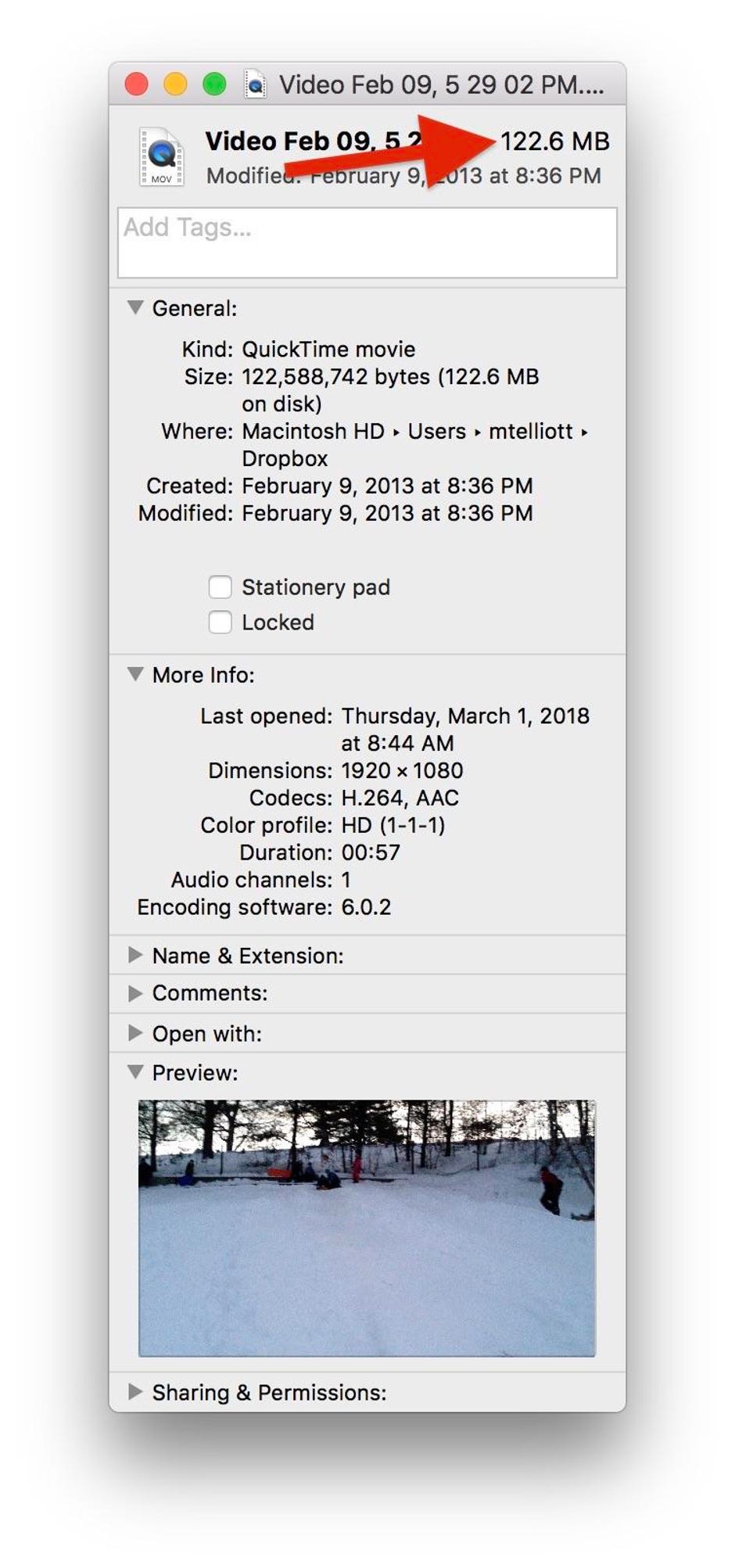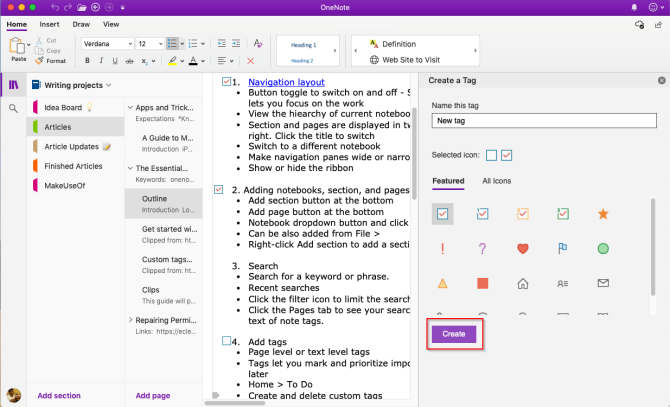

- #HOW TO ADD MEASUREMENTS TO PAGES FOR MAC HOW TO#
- #HOW TO ADD MEASUREMENTS TO PAGES FOR MAC PDF#
- #HOW TO ADD MEASUREMENTS TO PAGES FOR MAC PROFESSIONAL#
- #HOW TO ADD MEASUREMENTS TO PAGES FOR MAC DOWNLOAD#
Click Measure to move to the Measuring view of Acrobat. The Measure tool now appears in the list on the right and will remain there until you remove it.Click the Add button under the purple Measure tool at add it to the list of tools on the right.Click on Measure, and jump down to step 4.) In Acrobat X and XI: use View > Tools > Analyze to open the Analyze panel. (Note: the screen shots have been updated to reflect the Adobe Acrobat DC workspace.
#HOW TO ADD MEASUREMENTS TO PAGES FOR MAC PROFESSIONAL#
If you would like to change it, choose Tools from the top of the Acrobat DC Professional document window.
#HOW TO ADD MEASUREMENTS TO PAGES FOR MAC PDF#
#HOW TO ADD MEASUREMENTS TO PAGES FOR MAC HOW TO#
This ought to be easy to figure out, but while not many Adobe Acrobat Professional users care about measuring, those that do tell me they have a tough time figuring out how to use it. (We’re getting the information we need for the table from the Number Across and Number Down fields of the 8 Tab label template.By Barb Binder, Adobe Certified Instructor on Adobe Acrobat Select the table and then, in the Inspector, change the body rows and columns to reflect the labels we’re using-20 body rows and 2 body columns. You’ll need to change that using the Table Inspector. (Alternatively, you can add a table using the Insert -> Table menu.) By default, Pages inserts a three-by-three table with a single header row. Next add a new table to the document using the Table button on the Toolbar. Set the Header option to zero in the Headers & Footers section of the Table Inspector. Make sure to remove the checks from the Headers and Footers checkboxes as headers and footers limit the amount of printable space available to you on the page. Use the document inspector to make changes to the layout of the document using information from the measurements you found.
:max_bytes(150000):strip_icc()/Measurementtype-0be4043a702f48b1b8d2d255d2deeef3.jpg)
When you’re done making changes to the document layout, your Document Inspector should look like this. When you’re done, your workspace should look like the image above. Set one to display document settings and the other to display table settings. After the blank document appears, open two Inspectors by first choosing Show -> Inspector, and then choosing View -> New Inspector. To create your own template, launch Pages (in /Applications) and create a new, blank word processing document. It will be easier to tweak your label layout if you open two Inspector windows, one for document settings and the other for table settings, along with the label document you’re working on. You’ll use this information to create the template. Search the package for measurement information or use a ruler to take measurements from the label itself. For the purposes of this exercise we’re going to use the information that ships with Staples brand Big Tabs 8 tab folder dividers, but you can substitute whatever numbers you need for the labels you want to use. Labels with no templates typically have measurement information that you can use to create the label manually. You’ll use this information to create your template from scratch. Look at your labels to find their measurements. That’s when you need to create a label from scratch. But often you’ll find that there are no downloadable templates available for the label that you want to use. (If you choose to go this route, skip to Step 6.)Īvery now offers downloads for a limited selection of templates in a Pages format too. You can open a Word template in Pages, but you’ll often need to adjust the measurements slightly to make the templates work.

#HOW TO ADD MEASUREMENTS TO PAGES FOR MAC DOWNLOAD#
You might already know that you can download tons of Microsoft Word templates for the most common labels directly from the Avery Label Website. Step 1: Check to see if there’s a pre-made templateĬheck the Avery site for pre-made label templates designed for use with Apple’s Pages. But, while it’s true that Pages doesn’t ship with any built-in label templates, it’s actually easy to create and use standard labels using Pages. One gripe you’ll hear about Pages ’09, Apple’s otherwise excellent word processing and page layout application, is that it provides little in the way of support for printing labels.


 0 kommentar(er)
0 kommentar(er)
